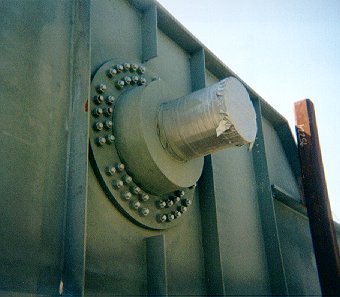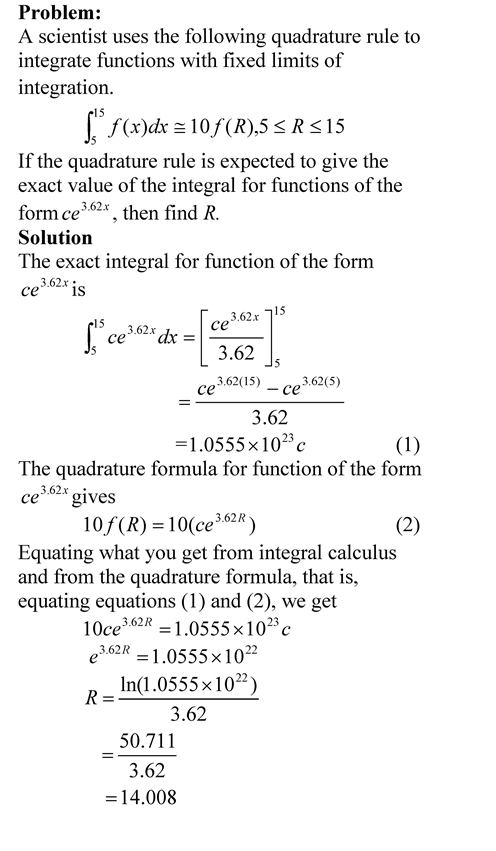To make the fulcrum of a bascule bridge, a long hollow steel shaft called the trunnion is shrink fit into a steel hub. The resulting steel trunnion-hub assembly is then shrink fit into the girder of the bridge. This is done by first immersing the trunnion in a cold medium such as dry-ice/alcohol mixture. After the trunnion reaches the steady state temperature of the cold medium, the trunnion outer diameter contracts. The trunnion is taken out of the medium and slid though the hole of the hub. When the trunnion heats up, it expands and creates an interference fit with the hub.

In 1995, on one of the bridges in USA, this assembly procedure did not work as designed. Before the trunnion could be inserted fully into the hub, the trunnion got stuck. So a new trunnion and hub had to be ordered at a cost of $50,000. Coupled with construction delays, the total loss was more than hundred thousand dollars.
Why did the trunnion get stuck? This was because the trunnion had not contracted enough to slide through the hole.
Now the same designer is working on making the fulcrum for another bascule bridge. Can you help him so that he does not make the same mistake?
For this new bridge, he needs to fit a hollow trunnion of outside diameter in a hub of inner diameter . His plan is to put the trunnion in dry ice/alcohol mixture (temperature of the fluid – dry ice/alcohol mixture is -108 degrees F) to contract the trunnion so that it can be slided through the hole of the hub. To slide the trunnion without sticking, he has also specified a diametrical clearance of at least 0.01 inches between the trunnion and the hub. What temperature does he need to cool the trunnion to so that he gets the desired contraction?
For the solution of this problem click here
This post is brought to you by
- Holistic Numerical Methods Open Course Ware:
- Numerical Methods for the STEM undergraduate at http://nm.MathForCollege.com;
- Introduction to Matrix Algebra for the STEM undergraduate athttp://ma.MathForCollege.com
- the textbooks on
- the Massive Open Online Course (MOOCs) available at


